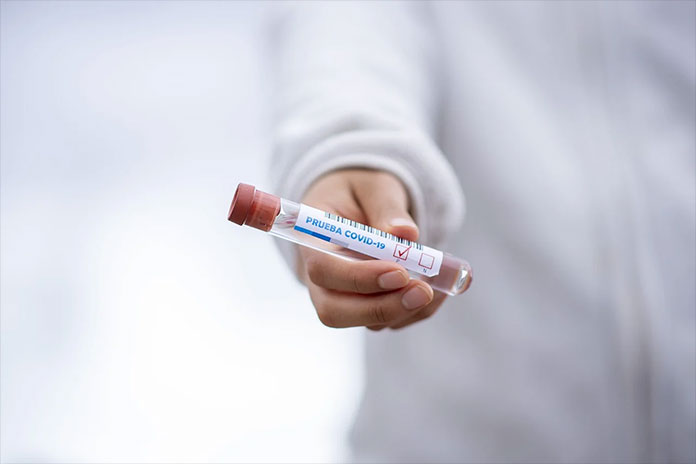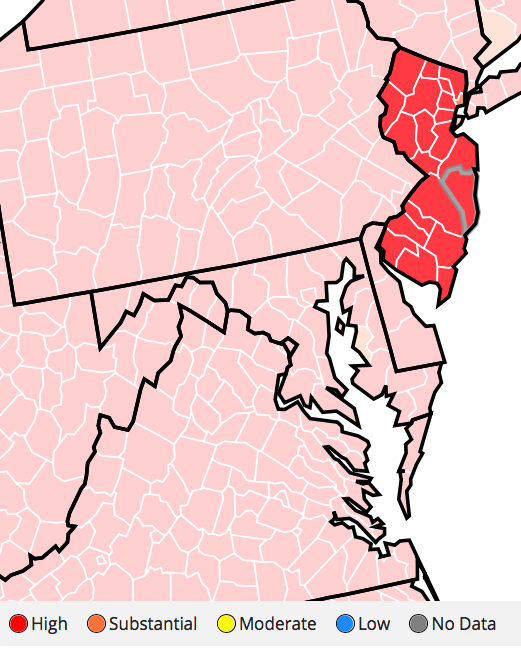
OCEAN COUNTY – “Mu” is the most recent variant to emerge from COVID-19, and according to the World Health Organization (WHO), the mutation may have the ability to evade the immunity from vaccines and antibodies from a previous infection.
The Mu variant was added to the WHO’s watchlist at the end of August. It was first detected in Columbia in January of this year, and by September 4, it has been reported in 47 states and 39 countries.
According to the Center for Disease Control (CDC), viruses constantly change through mutation, and new variants of a virus are expected to occur.
Sometimes new variants emerge and disappear. Other times they persist. Most variants cause similar COVID-19 symptoms, but some variants may cause more people to get sicker and die – for example, the Alpha and Delta variants, which cause more infections and spreads faster than earlier forms of the COVID-19 virus.
Infections from the Delta variant, which is the dominant and most concerning variant, was first identified in India, and only happens to a small proportion of people who are fully vaccinated. The vaccination protects people from severe illness, hospitalization and death.

With the Delta variant, health experts are starting to see reduced protection against mild and moderate disease, which is why the U.S. Department of Health and Human Services is planning for a booster shot so vaccinated people can maintain effective immunity over the coming winter months.
A booster dose refers to another dose of a vaccine to someone who built up protection after a vaccination, but then the protection decreases over time (this is called waning immunity).
The CDC said evidence suggests that fully vaccinated people who are infected with the Delta variant can still spread the virus to others.
Those individuals who were vaccinated early, such as nursing home residents, health care workers, the elderly and the immunocompromised, should be lining up for their booster shots.
Local resident Mary Keefe, 67, and her husband Jeff, 72, got their initial COVID-19 vaccinations in January, and recently got their booster shots after a social event at their adult community turned into a “mini-spreader” event, she said.
“I don’t want that virus in me,” Keefe said in a recent phone call. “They don’t know what the long-term effects are, and I want to travel and feel somewhat safe.”
The Keefes are immunocompromised since Mary was diagnosed with psoriatic arthritis and Jeff is diabetic.
“Diabetics were really getting sick in 2020,” she said. “They encouraged all diabetics to get their shots, and for immunocompromised people to get the booster shot.”

The immunocompromised are particularly vulnerable to the COVID-19 infection. They are more likely to have severe complications than those with a healthy immune system and may have a higher chance of being hospitalized.
The goal is for people to start receiving their booster shot starting in the fall, with individuals being eligible after they have received their second dose of the two mRNA vaccines – Pfizer or Moderna.
Those who received the single-shot Johnson & Johnson vaccine, which uses the more traditional virus-based technology, will likely need a booster dose of that vaccine.
Federal regulators might approve a booster shot as early as five months after the previous vaccination after data from Israel indicates that a booster provides four times as much protection against the Delta variant than the two-dose regimen in those 60 and older.
The CDC reports that a booster also provides five to six times more efficacy in preventing serious illness or hospitalization.






